Nestled amid the picturesque landscapes of Odisha, India, lies a place of tranquil beauty that resonates with historical significance. Dhauli, a serene hillside on the outskirts of Bhubaneswar, holds within its embrace a rich tapestry of spirituality, history, and natural splendor. Join us on a virtual journey as we explore the multifaceted allure of Dhauli.
A Peaceful Retreat: Nature's Haven
 Dhauli offers a respite from the hustle and bustle of city life, inviting visitors to bask in the serenity of its surroundings. Lush greenery, gentle slopes, and panoramic vistas create an environment that is conducive to quiet contemplation and reflection. The gentle rustling of leaves and the soft whispers of the wind contribute to an atmosphere of tranquility.
Dhauli offers a respite from the hustle and bustle of city life, inviting visitors to bask in the serenity of its surroundings. Lush greenery, gentle slopes, and panoramic vistas create an environment that is conducive to quiet contemplation and reflection. The gentle rustling of leaves and the soft whispers of the wind contribute to an atmosphere of tranquility.
Historical Echoes: The Kalinga War Connection
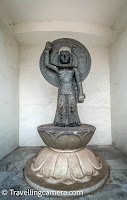 Dhauli's historical significance dates back to the ancient past, particularly to the time of the Kalinga War in 261 BCE. It was on these very grounds that Emperor Ashoka, after witnessing the devastating aftermath of the war, renounced violence and embraced the path of nonviolence and compassion. The hill of Dhauli became a poignant symbol of his transformation, marking a turning point in the history of India and the world.
Dhauli's historical significance dates back to the ancient past, particularly to the time of the Kalinga War in 261 BCE. It was on these very grounds that Emperor Ashoka, after witnessing the devastating aftermath of the war, renounced violence and embraced the path of nonviolence and compassion. The hill of Dhauli became a poignant symbol of his transformation, marking a turning point in the history of India and the world.
Shanti Stupa: A Monument to Peace
At the heart of Dhauli stands the Shanti Stupa, a gleaming white monument that embodies the spirit of peace and harmony. Built in the early 1970s by the Kalinga Nippon Buddha Sangha and the Japan Buddha Sangha, the stupa radiates an aura of serenity. Its spherical shape and pristine white exterior draw visitors to its premises, where they can meditate, reflect, and pay homage to the timeless ideals of nonviolence and unity.
Carvings and Sculptures: Artistic Expressions
 As you explore Dhauli, you'll come across intricate rock-cut sculptures that depict scenes from the life of Emperor Ashoka and his transformation. These sculptures offer glimpses into history while celebrating the power of change, compassion, and the human spirit. The artistry of these carvings adds another layer of depth to the site's allure.
As you explore Dhauli, you'll come across intricate rock-cut sculptures that depict scenes from the life of Emperor Ashoka and his transformation. These sculptures offer glimpses into history while celebrating the power of change, compassion, and the human spirit. The artistry of these carvings adds another layer of depth to the site's allure.
Dhauli Mahotsav: Celebrating Peace
Dhauli Mahotsav, an annual festival held at the Shanti Stupa, is a celebration of peace, culture, and heritage. The festival draws performers, artists, and enthusiasts from across the region, showcasing the diverse traditions and talents that make up the cultural mosaic of Odisha. The event offers a unique opportunity to experience the vibrancy of the local culture against the backdrop of Dhauli's tranquil landscapes.
Exploring Dhauli: A Journey of Inner and Outer Discovery
Visiting Dhauli isn't just about exploring a historical site; it's an invitation to embark on a journey of self-discovery and contemplation. As you walk through the grounds, take a moment to absorb the teachings of nonviolence, compassion, and transformation that Dhauli represents. Whether you find solace in the quietude of nature, draw inspiration from the stupa's architectural elegance, or engage in introspection prompted by the historical narratives, Dhauli has something to offer to every seeker.
Preserving Heritage, Cultivating Harmony
The Archaeological Survey of India (ASI) plays a pivotal role in preserving Dhauli's historical and cultural legacy, ensuring that future generations can continue to draw inspiration from its teachings and aesthetics.
Ashoka Connection with Dhauli :
The story of Emperor Ashoka and Dhauli is a tale of transformation, compassion, and a profound shift in human consciousness. It takes us back to a pivotal moment in history, around 261 BCE, when a great battle shook the foundations of ancient India.
Emperor Ashoka, who initially ruled with an iron fist and sought to expand his empire through conquest, led a military campaign known as the Kalinga War. This conflict was not only fierce in its scale but also devastating in its aftermath. The battle of Kalinga, in what is now modern-day Odisha, left the land soaked in blood and the hearts of its people shattered.
Witnessing the immense suffering, loss of life, and the haunting cries of the wounded and the bereaved, Emperor Ashoka's heart underwent a profound transformation. He was struck by the futility of violence and the immeasurable pain it inflicted upon his subjects. This awakening marked the beginning of a new chapter in Ashoka's life—a chapter defined by compassion, remorse, and a commitment to spreading the message of peace and nonviolence.
Emperor Ashoka, moved by a deep sense of responsibility, took a vow to uphold the principles of Ahimsa (nonviolence) and Dharma (righteousness). His shift in philosophy led to a remarkable period of reform and benevolence across his empire. Ashoka embraced Buddhism, a faith that resonated with his newfound values, and became an advocate for social welfare, religious tolerance, and the welfare of all living beings.
The story of Ashoka and Dhauli is particularly poignant when we consider the historical significance of the Dhauli hill. It was at Dhauli that Ashoka is said to have erected an edict, now famously known as the Dhauli Rock Edict, that inscribed his commitment to nonviolence, compassion, and the welfare of his subjects. This rock edict, like an enduring message from the past, stands as a symbol of Ashoka's transformation and his deep yearning for a more humane and just society.
Dhauli stands as a testament to the power of transformation, peace, and the profound impact of historical events. Its scenic beauty, historical significance, and spiritual resonance make it a place where visitors can find solace, insight, and a deeper connection with themselves and the world around them.
Related Blogposts :

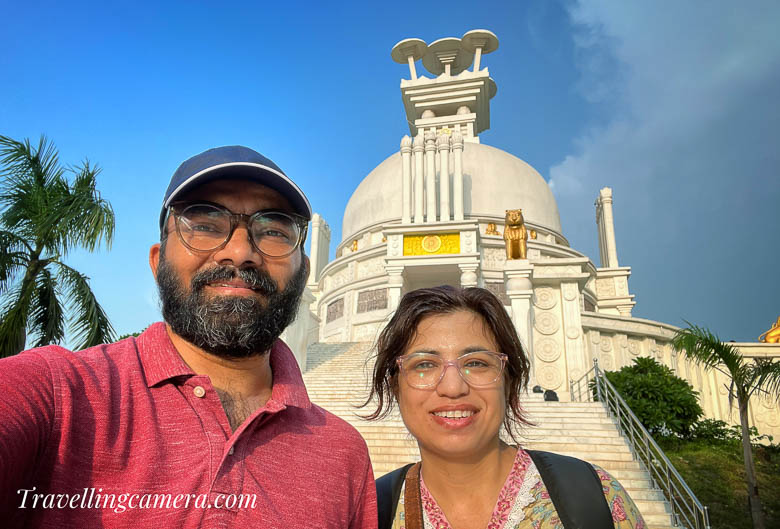

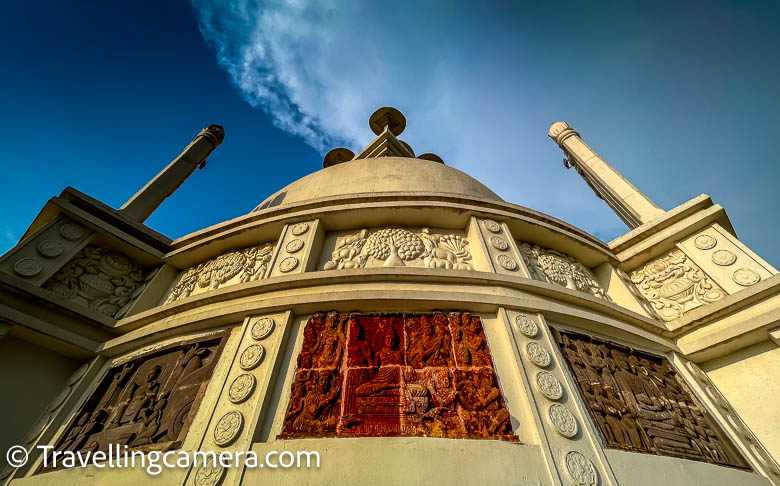
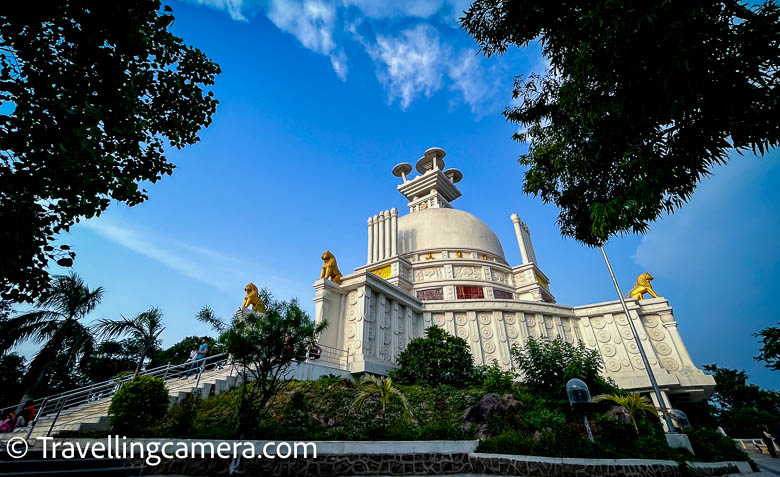







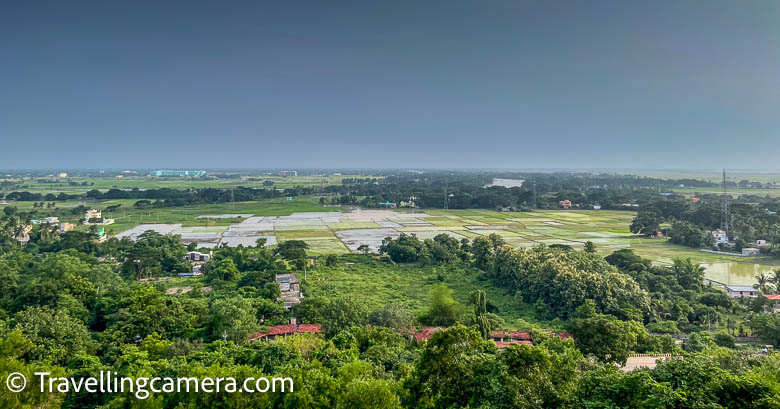


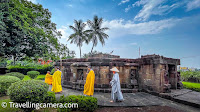



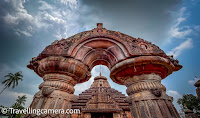







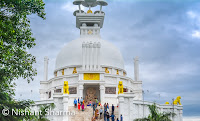






.jpg)
Comments